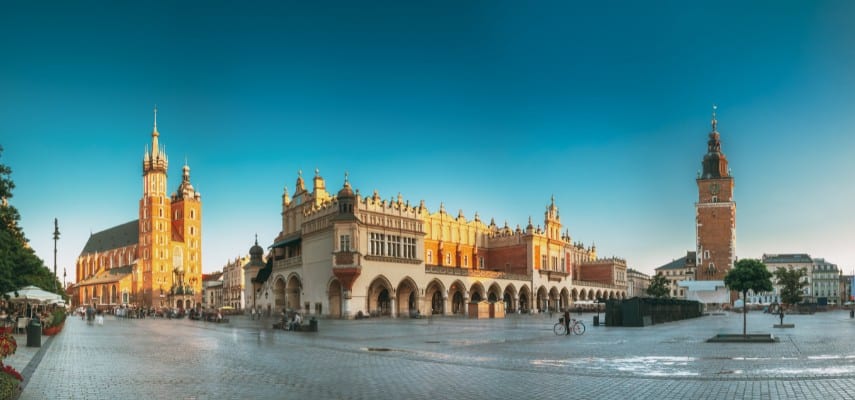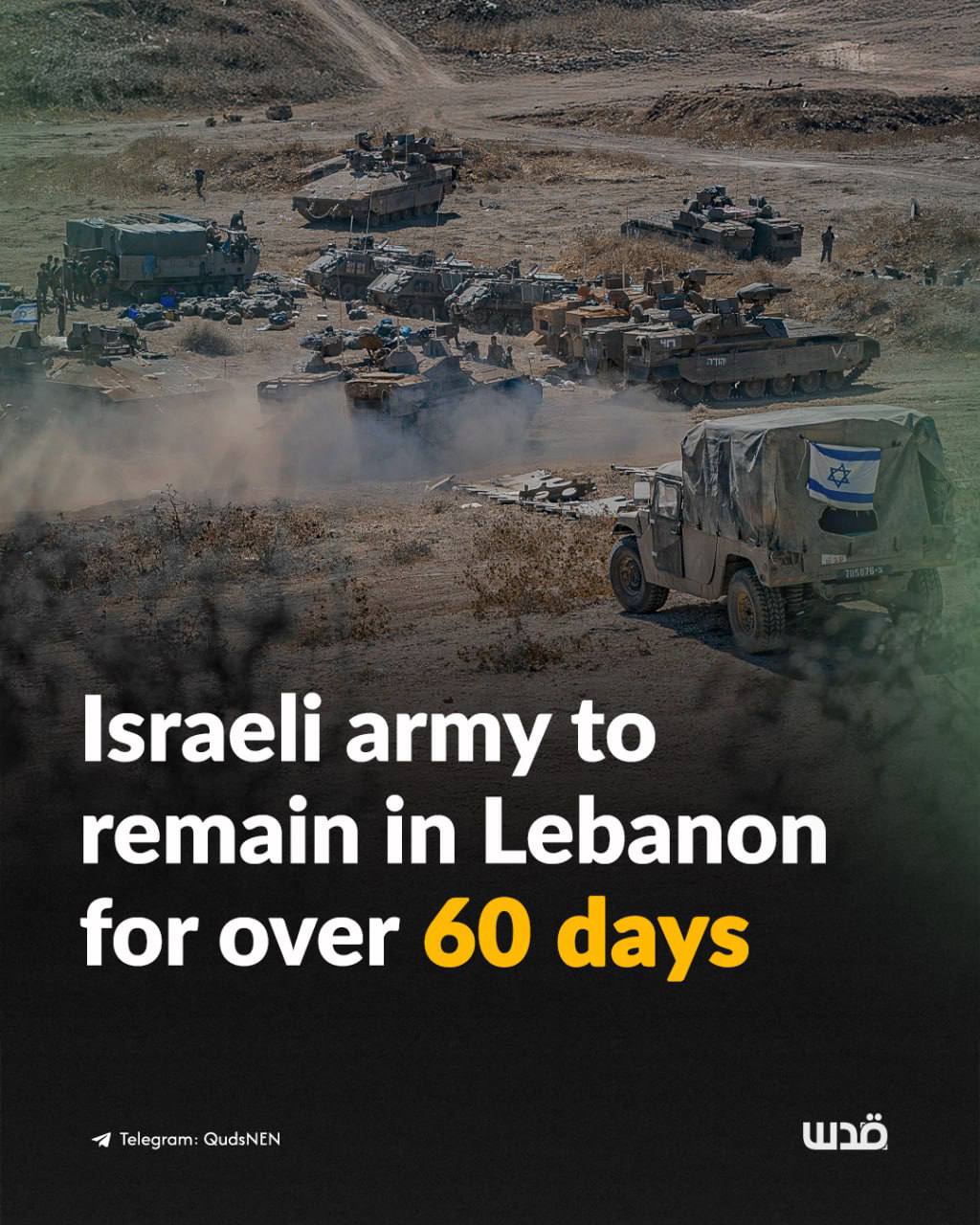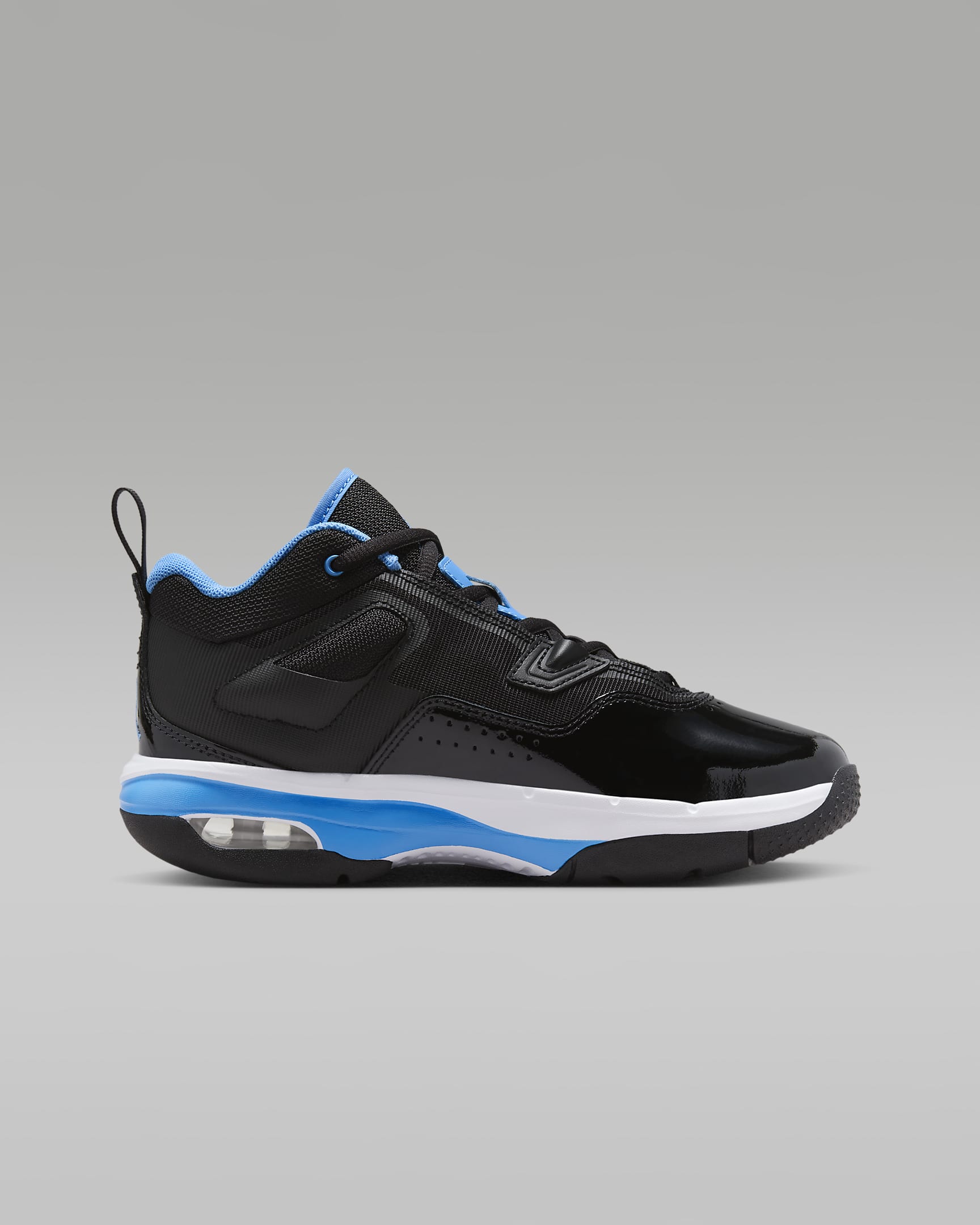
Croatia, with its shimmering Adriatic coastline, ancient walled cities, and vibrant culture, has become a darling of the travel world. But the good news is, you don’t need a king’s ransom to experience its magic. With a little planning and smart choices, you can unlock the beauty of Croatia without breaking the bank. This comprehensive guide will equip you with everything you need to find cheap flights, explore its top attractions, navigate its history, and create an unforgettable Croatian adventure, all while staying mindful of your budget.
1. Hunting for Cheap Flights: The Secret Weapon
The cornerstone of any budget trip is securing affordable flights. Here’s how to play the game:

Related Articles about Croatia on a Budget: Your Guide to Cheap Flights and Unforgettable Adventures:
- The Unforgettable Journey: Your Ultimate Guide to Exploring Chicago’s Charms
- Denmark’s Crown Jewels: A Journey Through the Best Hotels and Enchanting Experiences
- Ho Chi Minh City: A Journey Through Time, Culture, and Unforgettable Stays
- Vietnam on a Shoestring: How to Find Cheap Flights and Explore its Rich Tapestry
- Hanoi: A Symphony of Scents, Sights, and Stories – Your Ultimate Travel Guide
- Be Flexible with Dates: This is the golden rule. Mid-week flights (Tuesdays and Wednesdays) are often cheaper than weekend flights. Consider traveling during the shoulder seasons (April-May and September-October) when the weather is still pleasant, and the crowds are thinner, leading to lower airfares. Avoid peak season (July-August) unless you’re prepared to pay a premium.
- Utilize Flight Comparison Websites: Websites like Google Flights, Skyscanner, Kayak, and Momondo are your best friends. These aggregators scour the internet for the best deals from various airlines. Use their "explore" features to see a map of potential destinations and their associated prices, allowing you to easily identify the cheapest options.
- Set Price Alerts: Once you have a general idea of your travel dates, set up price alerts on the flight comparison websites. You’ll receive email notifications when the price of your chosen flight changes, allowing you to pounce on a good deal.
- Consider Budget Airlines: Ryanair, easyJet, Wizz Air, and other budget airlines often offer incredibly cheap flights, especially within Europe. Be mindful of their extra fees for baggage, seat selection, and food, and factor those into your overall cost. While they can be a great option, be prepared for potentially less comfortable travel experiences and less convenient airport locations.
- Fly into Alternative Airports: Major cities like Zagreb (ZAG) and Split (SPU) are popular entry points, but consider flying into smaller airports like Dubrovnik (DBV), Zadar (ZAD), or Pula (PUY), as they sometimes have cheaper flights.
- Book in Advance (But Not Too Far): Booking flights too far in advance can sometimes backfire. Aim to book your flights 2-6 months before your departure date to get the best balance of price and availability.
- Check for Package Deals: Sometimes, booking a flight and accommodation together as a package can be more cost-effective. Check with travel agencies and online platforms to see if any package deals align with your travel plans.
- Be Aware of Hidden Costs: Factor in the cost of airport transfers, baggage fees, and potentially visa requirements.

2. Croatia’s Top Attractions: A Feast for the Eyes (and the Wallet)
Croatia boasts a wealth of stunning attractions, many of which can be enjoyed for free or at a minimal cost. Here are some must-see destinations:
- Dubrovnik’s Old Town: A UNESCO World Heritage site, Dubrovnik’s walled city is a breathtaking spectacle. Stroll along the Stradun, the main street, explore the narrow alleyways, and admire the architectural marvels. Entry to the city walls requires a ticket, but exploring the town itself is free. Consider a walking tour for an informative and often budget-friendly experience.
- Plitvice Lakes National Park: A natural wonderland of cascading waterfalls and turquoise lakes, Plitvice Lakes is a must-visit. Entry fees vary depending on the season, but the experience is worth the cost. Arrive early to avoid crowds and enjoy the serenity of the park. Pack your own lunch and snacks to save on food expenses.
- Split’s Diocletian’s Palace: Another UNESCO World Heritage site, Diocletian’s Palace is a remarkably preserved Roman palace. Wander through the ancient ruins, explore the cellars, and soak in the atmosphere. The palace itself is free to explore, but certain areas, like the Peristyle and the Cathedral of Saint Domnius, require a ticket.
- Hvar Island: Known for its vibrant nightlife and lavender fields, Hvar offers more than just parties. Explore the charming town of Hvar, hike up to the Spanish Fortress for panoramic views, and relax on the beaches. Consider visiting during the shoulder season to avoid the crowds and inflated prices.
- Istrian Peninsula: This region, often compared to Tuscany, is a culinary and cultural delight. Explore the charming towns of Rovinj, Pula, and Poreč, sample local wines and olive oil, and enjoy the stunning coastal scenery.
- Krka National Park: Similar to Plitvice, Krka National Park features stunning waterfalls and natural beauty. It’s often less crowded than Plitvice, offering a more relaxed experience.
- Zagreb: Croatia’s capital city offers a vibrant cultural scene, historic architecture, and a lively atmosphere. Explore the Upper Town (Gornji Grad), visit the Dolac Market, and enjoy the city’s parks and green spaces.
3. A Glimpse into Croatian History: Understanding the Past
Understanding Croatia’s history adds depth to your travel experience. Here’s a brief overview:
- Ancient History: The Illyrians, Greeks, and Romans all left their mark on Croatia. Roman rule lasted for centuries, leaving behind impressive ruins like Diocletian’s Palace.
- Medieval Period: Croatia was part of various kingdoms and empires, including the Kingdom of Croatia and the Kingdom of Hungary.
- Ottoman Empire: The Ottoman Empire expanded into the Balkans, impacting Croatia’s history and culture.
- Habsburg Rule: The Habsburg Empire controlled Croatia for centuries, leaving a strong influence on architecture and culture.
- 20th Century: Croatia was part of Yugoslavia until its independence in 1991, followed by the Croatian War of Independence.
- Modern Croatia: Since independence, Croatia has become a popular tourist destination and a member of the European Union.
4. Budget-Friendly Travel Tips: Saving Money on the Ground
Once you’ve arrived in Croatia, here’s how to keep your spending in check:
- Accommodation:
- Hostels: Hostels are a fantastic option for budget travelers, offering dorm beds and private rooms at affordable prices.
- Guesthouses and Apartments: Renting a room or an apartment through platforms like Airbnb or Booking.com can be more economical, especially for longer stays or for groups. Look for options outside of the main tourist areas for better deals.
- Camping: Camping is a great way to save money and enjoy the outdoors. Croatia has numerous campsites, often located near beaches and national parks.
- Food and Drink:
- Eat Like a Local: Sample local cuisine at affordable prices. Look for "konobas" (traditional taverns) and "pečenjarnicas" (grill restaurants) for delicious and budget-friendly meals.
- Shop at Local Markets: Visit local markets like the Dolac Market in Zagreb or the Green Market in Split to buy fresh produce, bread, and other supplies for picnics.
- Cook Your Own Meals: If you have access to a kitchen in your accommodation, prepare some of your own meals to save money on dining out.
- Happy Hour: Take advantage of happy hour deals at bars and restaurants, but be aware that prices may still be higher in tourist areas.
- Drink Tap Water: Tap water in Croatia is generally safe to drink, saving you money on bottled water.
- Transportation:
- Buses: Buses are a cost-effective way to travel between cities and towns.
- Ferries: Ferries are essential for island hopping. Compare prices and routes to find the best deals.
- Local Buses and Trams: Utilize local buses and trams within cities for affordable transportation.
- Walking: Explore cities on foot to save money and discover hidden gems.
- Cycling: Consider renting a bicycle to explore specific areas, especially for exploring coastal paths.
- Free Activities:
- Beaches: Croatia’s beaches are free to access.
- Parks and Gardens: Explore public parks and gardens.
- Walking Tours: Many cities offer free walking tours.
- Museum Free Days: Some museums have free admission days. Check local listings.
5. Accommodation Options for Every Budget
- Hostels: The most budget-friendly option, perfect for solo travelers or those looking to meet new people. Expect dorm beds from €15-€30 per night.
- Guesthouses/Rooms: Comfortable and often family-run, offering private rooms with shared or private bathrooms. Prices range from €30-€70 per night.
- Apartments/Studios: Ideal for longer stays or for those who want more space and cooking facilities. Prices vary greatly, from €40-€100+ per night.
- Camping: A fantastic option for budget travelers who love the outdoors, costing around €10-€30 per night.
- Hotels: While generally the most expensive option, you can find affordable hotels, especially in the shoulder seasons. Prices start from €50-€100+ per night.
6. Navigating Croatia: Transportation Made Easy
- Buses: The most common and affordable way to travel between cities. Companies like Flixbus and Autotrans offer frequent services.
- Ferries: Essential for island hopping. Jadrolinija is the main ferry operator. Book in advance, especially during peak season.
- Trains: Trains are available, but they are generally slower and less frequent than buses.
- Car Rental: Consider renting a car for exploring remote areas, but be aware of higher costs and potential parking challenges in cities.
- Local Buses and Trams: Excellent for getting around cities, offering affordable and efficient transportation.
- Taxis and Ride-Sharing: Available in major cities, but more expensive than public transport.
7. The Best Time to Visit: Weather, Crowds, and Costs
- Shoulder Seasons (April-May and September-October): The sweet spot. Pleasant weather, fewer crowds, and lower prices for accommodation and flights.
- Peak Season (July-August): Hot weather, large crowds, and higher prices. Consider booking everything well in advance if you choose to travel during this time.
- Off-Season (November-March): Quieter, but some attractions may be closed, and the weather can be unpredictable. Flights and accommodation are generally the cheapest during this period.
Conclusion: Your Croatian Adventure Awaits!
Croatia offers an incredible travel experience for every budget. By following these tips, you can find cheap flights, explore its stunning attractions, savor its delicious cuisine, and create memories that will last a lifetime. Embrace the adventure, pack your bags, and get ready to fall in love with the beauty and charm of Croatia!





